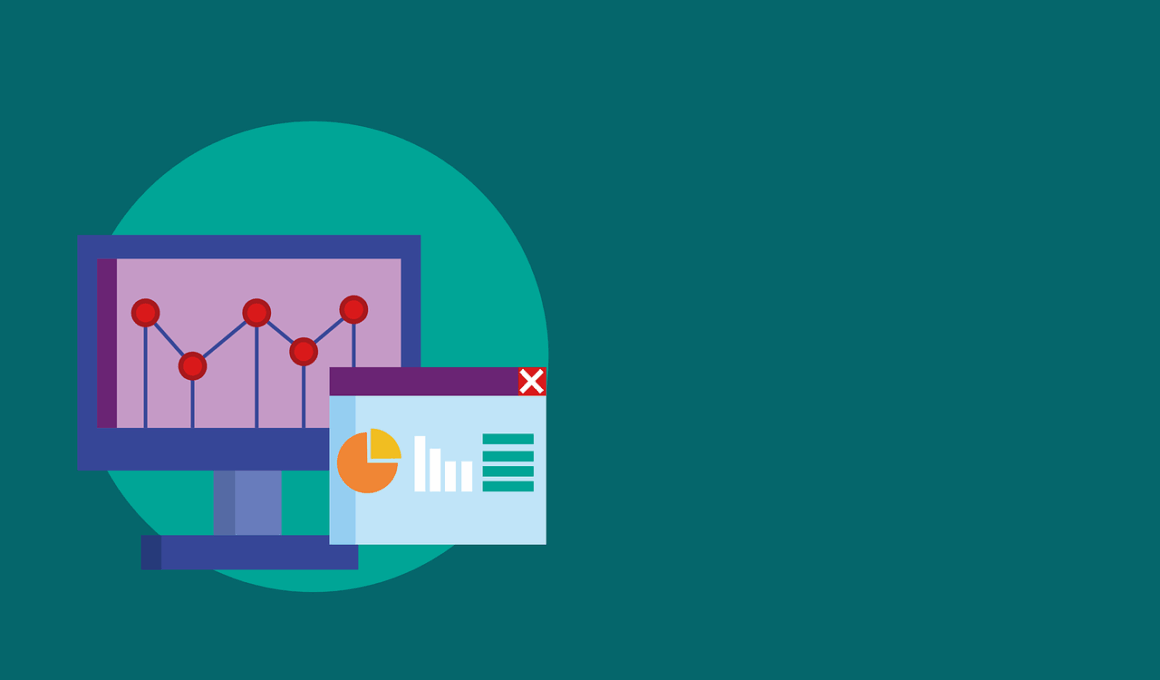Leveraging Data Analytics for Competitive Analysis in Marketing
In today’s fast-paced marketing environment, leveraging data analytics is paramount for effective competitive analysis. Organizations that harness analytical tools are better positioned to make strategic decisions. By collecting and interpreting vast amounts of data, marketers can identify trends, predict market shifts, and understand their competitors more thoroughly. Successful businesses exploit customer insights, market dynamics, and industry performance benchmarks. Effective data analysis leads to a clearer understanding of consumer preferences and behavior, enabling businesses to tailor their strategies accordingly. Additionally, organizations can gain competitive insights through tools like Google Analytics and SEMrush. These platforms can facilitate an in-depth competitive analysis by providing valuable metrics, such as website traffic, keyword rankings, and demographic information. Furthermore, integrating data from multiple sources enhances the quality of analysis, leading to improved actionable insights. The landscape of competitive reporting is shifting as businesses move from traditional reporting methods to more comprehensive approaches powered by analytics. The integration of analytics allows businesses to stay ahead of competitors and make data-driven decisions that foster growth and innovation. This article delves deeper into how data analytics transforms competitive reporting in marketing.
The Role of Data Analytics in Understanding Competitors
Data analytics plays a pivotal role in understanding competitors and navigating the marketing landscape effectively. Marketers utilize competitive analysis techniques to track competitors’ strategies, identify their strengths and weaknesses, and adjust their own campaigns accordingly. Through tools such as competitive intelligence software, businesses can monitor competitors’ activities in real-time. Key metrics such as their social media engagement, content effectiveness, and advertising strategies provide insight into what resonates with target audiences. Organizations can also assess competitors’ innovation initiatives, new product launches, and customer engagement strategies. This information not only helps businesses to stay relevant but also provides opportunities to differentiate themselves in the marketplace. Additionally, understanding competitors’ customer feedback and reviews can inform your product improvements or service enhancements. Moreover, analyzing competitors’ pricing strategies can highlight potential gaps in your own pricing structure, supporting more competitive positioning. Keeping a finger on the pulse of competitor strategies through data analytics can provide invaluable foresight into market trends that may affect your business operations. In this dynamic marketplace, leveraging competitive data systems is essential for organizations aiming to thrive and adapt.
The importance of data accuracy cannot be overstated when conducting competitive analysis. Relying on inaccurate data can lead to poor decision-making and financial losses. Therefore, organizations must put processes in place to ensure data integrity and reliability. Using verified and authentic data sources should be a priority. Moreover, the implementation of data cleansing techniques protects against inconsistencies that could skew the analytical outcomes. Data visualization tools also contribute significantly to clear communication of analytical findings. Leveraging visuals such as charts and graphs enhances comprehension among stakeholders and fosters discussions based on factual evidence. Furthermore, when presenting complex analysis, storytelling techniques can make data relatable and engaging. By depicting the narrative behind the numbers, organizations can emphasize key points and drive actionable insights effectively. Encouraging a data-driven culture within organizations promotes proactive decision-making. Employees empowered with the right tools can contribute to high-quality competitive analysis by drawing insights from data. The continuous pursuit of data quality and utility ultimately influences an organization’s ability to benchmark against competitors and identify areas for improvement. A robust competitive reporting strategy fueled by data analytics sets the stage for long-term success.
Actionable Insights from Competitive Reporting
Actionable insights gleaned from competitive reporting serve as a beacon for businesses looking to adapt and evolve in a competitive landscape. After conducting thorough data analyses, marketers must translate the analytical findings into strategic initiatives. Recognizing patterns and trends helps in formulating recommendations that align with overall company objectives. For instance, discovering emerging consumer preferences through competitive analysis allows for timely adjustments to marketing strategies and product offerings. This proactivity can lead to increased consumer satisfaction and loyalty, ultimately enhancing brand perception in the marketplace. Frequent competitive reporting also empowers businesses to recognize potential threats and competitive advantages regularly. Therefore, organizations can seize opportunities swiftly while mitigating threats strategically. Implementing agile marketing methodologies that integrate these insights enables businesses to remain competitive and relevant. Additionally, collaboration between analytics and marketing teams ensures that insights are acted upon effectively. Developing a feedback loop helps in continuously refining strategies based on analytical outcomes. By fostering a culture of continuous improvement, businesses can dynamically adjust their approaches, maximizing the potential benefits of competitive reporting and analytics. This synergy ultimately enhances performance across all marketing channels.
To make the most out of competitive reporting, organizations must choose the right metrics to track regularly. Selecting KPIs that align with business goals delivers clarity on performance and effectiveness. Some essential metrics include market share analysis, customer acquisition cost, and customer lifetime value. Accordingly, a comparative study of these metrics against competitors reveals critical insights into relative positioning in the marketplace. Additionally, tracking channel-specific metrics allows marketers to identify which platforms yield the best returns. Social media engagement rates, click-through rates, and conversion rates provide indicators of campaign performance. By analyzing these various metrics, organizations can allocate resources more effectively and derive maximum impact from their marketing budgets. It’s also essential to invest in training for team members to interpret data findings accurately. Those skilled in data analytics play a vital role in benchmarking against competitors and keeping the organization informed. Regular sessions can enhance team proficiency in understanding trends and identifying key changes in the competitive environment. Moreover, ensuring accurate reporting processes supports informed decision-making and future planning. The role of metrics in growth strategies cannot be overstated, making a focus on actionable reporting crucial.
Implementing a Competitive Reporting Strategy
Implementing a competitive reporting strategy involves a structured approach that resonates with the overall organizational goals. The foundation of this strategy lies in defining clear objectives and timelines for reporting. Marketers should outline what outcomes they wish to achieve through competitive analysis, whether improving market share, enhancing customer engagement, or increasing brand awareness. Establishing a timeline promotes accountability and ensures that reports are generated consistently, reflecting the dynamic nature of the market. Furthermore, investing in advanced analytics tools can streamline the reporting process and improve the accuracy of data interpretation. Using dashboards and real-time analytics systems allows teams to quickly gather insights and adapt accordingly. Collaboration is also crucial; cross-departmental communication ensures that multiple perspectives contribute to a more comprehensive understanding of competitive dynamics. Involving stakeholders in the reporting process fosters buy-in and encourages alignment with overall marketing objectives. Regular training sessions help teams stay current with analytical methodologies and enhance their reporting capabilities. By instituting structured reporting processes and fostering collaboration, organizations can leverage competitive insights more effectively. Embracing this proactive mindset can leverage competitive reporting as a key driver of business success.
In conclusion, leveraging data analytics for competitive analysis in marketing represents a vital component of successful strategy formulation. The ability to collect, analyze, and interpret data empowers organizations to make informed decisions based on their competitive landscape. Continuous monitoring of competitors through data-driven methods results in actionable insights, enabling strategic pivots and adjustments in real-time. As companies strive to differentiate themselves, understanding market dynamics and consumer behavior emerges as essential. The appropriate tools, methodologies, and team collaboration facilitate superior competitive analysis, translating insights into strategic initiatives. Consequently, organizations can anticipate market trends, address weaknesses, and maximize strengths in their operations. Furthermore, investing in training for personnel on data utilization builds an informed workforce equipped to engage with analytical tools. Aligning overall marketing efforts with competitive insights positions businesses favorably in the marketplace. The combination of data analytics and competitive reporting creates resilience and adaptability in contemporary marketing strategies. Operationalizing competitive reporting ensures an ongoing cycle of improvement and innovation. As the market landscape continually evolves, organizations must maintain agility and readiness to embrace change driven by comprehensive data analytics.


